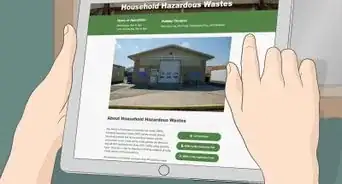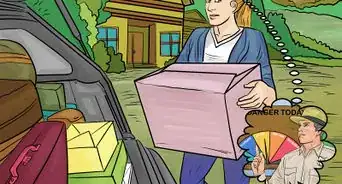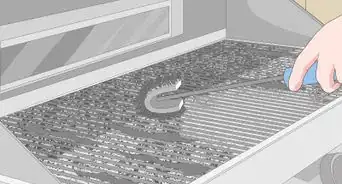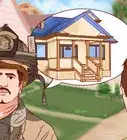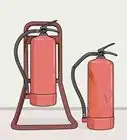This article was co-authored by wikiHow staff writer, Janice Tieperman. Janice is a professional and creative writer who has worked at wikiHow since 2019. With both a B.A. and M.A. in English from East Stroudsburg University, she has a passion for writing a wide variety of content for anyone and everyone. In her free time, you can find her working on a new crochet pattern, listening to true crime podcasts, or tackling a new creative writing project.
There are 13 references cited in this article, which can be found at the bottom of the page.
This article has been viewed 7,043 times.
Learn more...
Wildfires can be really scary, especially if you live in a risky area. Thankfully, there are plenty of simple things you can do to keep your household and property safe. If you’re in a rush to evacuate, focus on packing up your essentials before hitting the road. If you have a little more time to prepare, take some extra precautions around your home to protect your property from fire damage. Although wildfires are unpredictable, you can give yourself and your household some peace of mind by creating a safe, predictable plan of action.
Steps
Leaving Your Home Safely
-
1Pack only the essentials when you evacuate. It can be nerve-wracking to pack your things under pressure, especially if you don’t have a lot of time to choose what comes with you. Stock up on 3 days worth of perishable food for your household, along with 3 US gal (11 L) of water for each person traveling with you. Additionally, grab a change of clothes, along with first aid and sanitation supplies, flashlights and radios, a marked road map, and pet food.[1]
- Focus on bringing the 6 “P’s” with you: people and pets; papers and phone numbers; prescriptions, glasses, and vitamins; pictures and heirlooms; personal computer; and “plastic” money (credit/debit cards).
- If you have enough time and space in your vehicle, grab a few heirlooms or other valuables that you don’t want to leave behind.
- To make things easier, pack all of your supplies in an emergency kit that you can load into your car.
-
2Bring your pets along with you when you evacuate. Check that your pets are wearing their collars, and secure them in your vehicle as safely as possible. Your pets will probably feel disoriented and scared, so try to keep them soothed and relaxed during the transition.[2]
- If you live on a farm, bring your large animals to an emergency shelter that accepts large animals. Evacuate your livestock as soon as possible, even if there isn’t an evacuation order in place yet.[3]
- Look here for specific pet and livestock checklists as you prepare to evacuate: https://www.readyforwildfire.org/prepare-for-wildfire/go-evacuation-guide/animal-evacuation.
Advertisement -
3Hop in the car and leave your home if the authorities recommend it. Tune in to the local news and listen for any emergency alerts. Once the local authorities recommend evacuation, leave your neighborhood as quickly and efficiently as possible. Don’t worry about packing up your belongings—just focus on getting your household out of the neighborhood in one piece.[4]
-
4Wear an N95 mask as you leave your home. Put on a sturdy, high-quality mask, even if you’re just moving from your home to your car. When you’re dealing with smoky air, wear a high-quality mask that will protect you from the poor air quality. Double-check that your mask or respirator is on securely before you head outside.[5]
- This is especially important for at-risk groups, like pregnant people, children, and people with respiratory conditions.
-
5Keep your car windows and vents closed. Load your household and pets into the car, then check the windows and vents. Select the “recirculation” option, which prevents outside air from getting into your vehicle. Double-check that the windows are closed, even if it’s hot outside.
- Keep your windows and vents closed until you’re in a safe area.
- Don’t worry—it’s safe to use your AC on recirculation mode.[6]
-
6Drive slowly and carefully as you leave your home. Keep your headlights on, since smoke can make the roads a bit foggy. While it may be tempting to hit the gas, drive cautiously as you leave your neighborhood.
-
7Get medical attention if someone in your household has respiratory issues from the smoke. Wildfires can cause a lot of issues for people with sensitive respiratory systems. Keep an eye on your own symptoms, or the symptoms of a loved one. If you think that you or someone else is having a medical emergency, call emergency services right away.[7]
-
8Don’t return home until authorities say it’s safe to do so. Stay tuned into the local news, as well as emergency alert systems. Refrain from heading home right away, even if the weather and air seem to be clearing up. Instead, wait for fire officials and other authorities to give the official announcement.[8]
Securing Your Home and Property
-
1Hook up your garden hose to an exterior water outlet. Leave the hose in your yard so firefighters have easy access to a water source if the fire ends up reaching your neighborhood. Don’t worry—this will just help local fire officials prepare for a worst case scenario.[9]
-
2Move any flammable items to a safe place. Look for anything around your home that could catch fire easily, like a set of wicker chairs or a mound of firewood. Move these items into your home, so they won’t catch fire as easily. If you have large appliances outside of your home, like a propane grill, move that away from your home, so it won’t be as much of a risk.[10]
- Similarly, take off any light or flammable curtains from your windows. If your home has metal shutters, keep them closed.
- Keep outdoor appliances, like a propane grill, at least 15 ft (4.6 m) away from your home.
-
3Turn on the interior and exterior lights in your home. Visibility can be a big issue during a wildfire, especially if the fire is approaching your neighborhood. Even after you’re evacuated, leave all the lights on in and around your home so firefighters can find and see your residence easily.[11]
- This includes porch lights, floodlights, and any other electric light source in or near your home.
-
4Close all of the doors and windows. Keep the doors and windows unlocked, but don’t leave them open. This way, firefighters can get into your home, if needed.[12]
- You don’t have to do this until you’re about to evacuate.
-
5Shut off your gas meter, pilot lights, propane tanks, and air conditioner. Go around your home and property, turning off anything that could possibly spread the fire. If you turn off your major gas sources and air conditioner, you might prevent explosive fire damage further down the line.[13]
-
6Cover any attic and ground vents with seals or plywood. Grab a slab of pre-cut plywood or seal that you can use to cover any openings around your home. Check that this slab or seal is secure, which can prevent fire from entering your home.[14]
-
7Set out up-to-date fire extinguishers around your home. Fire extinguishers are always useful to have on hand, especially in the event of a wildfire. Check that your current extinguishers are up-to-date, so they’ll be effective if you or a firefighter needs to use them.[15]
- ABC fire extinguishers are the best to have on hand, since they help put out a variety of different fires.
Staying Connected
-
1Contact friends and loved ones through text or social media. Stay in touch with your loved ones as you’re evacuating. Share updates about your situation through group texts, or post about it on your social media profiles. This way, your friends and family can know that you’re safe.[16]
- Some social networks let you mark yourself as “safe” during a natural disaster.
- Don’t panic if your texts don’t go through right away. Phone and text lines tend to be jam-packed during a natural disaster, like a wildfire.
-
2Create a family communication plan so everyone can keep tabs on one another. If you have a lot of relatives in one area, contact an out-of-state family member for help. Ask if they’re willing to be a “beacon” of sorts, so they can receive updates from different family members. When they receive a call, they can tell the caller who they’ve heard from during the evacuations.[17]
- For instance, you and your close relatives might live in California, while your cousin lives in Nebraska. You could ask that cousin to field calls and share updates with family members.
-
3Let your family know you’re safe as soon as you’ve evacuated. It can be easy to lose track of time, especially if you’re focused on evacuating. Just remember—a quick text can provide a lot of reassurance and relief to a worried relative, especially if they don’t live in the area.[18]
Planning Ahead
-
1Put together an emergency supply kit ahead of time. Set aside a large box or go-bag that you can load into your car on short notice. Throw some basic necessities into the box, like face masks, non-perishable food, clean water, extra clothes, and a first aid kit. Keep this kit in or near your car, so you’ll be ready to evacuate at a moment’s notice.[19]
- Here’s a complete packing list: face masks, 3 days of non-perishable food and 3 US gal (11 L) of water (per person in your household), a map with pre-planned evacuation routes, prescriptions, extra clothes, glasses or contacts, extra money or credit cards, first aid kit, flashlight, portable radio, extra batteries, hand sanitizer and other sanitation supplies, important documents (e.g., birth certificates), and extra pet food.
- If you aren’t in a rush, pack valuable items that you don’t want to leave behind.
-
2Pay attention to your TV and radio so you know when it’s time to go. The Emergency Alert System (EAS), and the National Oceanic and Atmospheric Administration (NOAA) post alerts on the TV and radio, which will let you know when you should evacuate. You can also check and see if your local community has an alert system you can sign up for.[20]
- If you’re worried about the COVID-19 outbreak, sign up for additional information from a reputable health organization.
-
3Choose a safe location where you can take shelter. Search online for the different shelters in your area, if you don’t have a family or friend you can stay with in the meantime. Find a place that’s far from the fires, so you can stay safe and protected during the evacuation process.[21]
- If you have pets, check that the shelter allows animals.
- Organizations like the Red Cross offer free shelters where you can stay during the wildfires.
-
4Review your area’s designated evacuation zone. Some cities or towns may have a recommended evacuation zone for people. Check on your local government website to see where this place is, so you can plan accordingly.[22]
-
5Plan different escape routes out of your neighborhood. Wildfires are very unpredictable, and may throw a wrench in your original driving routes. Look for multiple ways out of your neighborhood, so you can safely travel to your shelter without any worry.[23] Try to come up with at least 2 escape routes, so you aren’t caught by surprise.[24]
- Wildfires can spread very quickly, and may cut off your original escape routes.
-
6Back your car in the driveway so you can leave quickly. This may seem like a no-brainer, but every second counts when you’re evacuating. Leaving your car backed in makes it easier to load up your emergency kit, and makes it easier for you to get out of your driveway quickly and efficiently.[25]
-
7Place your valuables in a fireproof safe. If you don’t have one already, look into getting a fireproof safe or container that can keep important documents and valuables safe. In an evacuation, you realistically won’t be able to bring everything with you—this way, you can have some peace of mind that your valuables are okay.[26]
- You can find fireproof safes online, or in most stores that sell furniture.
-
8Find and review your home’s insurance policy. While you don’t want to anticipate the worst, there is a chance that the wildfire may reach your home. Before you evacuate, check your home insurance policy so you know what your coverage is in the event of a fire.[27]
- If you live in a risky area for wildfires, it might be worth getting a fire insurance policy.
Warnings
- If you’re in a risky area, don’t drink or use the water until the local authorities say it’s safe to use.⧼thumbs_response⧽
- Call emergency services if you’re trapped or unable to leave.[31]⧼thumbs_response⧽
- Don’t leave your sprinklers on in your yard. This will mess with the water pressure, which will make it difficult to hose down a fire.[32]⧼thumbs_response⧽
References
- ↑ https://www.readyforwildfire.org/prepare-for-wildfire/get-set/emergency-supply-kit/
- ↑ https://www.cdc.gov/disasters/petprotect.html
- ↑ https://www.humanesociety.org/resources/wildfire-faq#trailer
- ↑ https://www.readyforwildfire.org/prepare-for-wildfire/get-set/wildfire-action-plan/
- ↑ https://www.cdc.gov/disasters/wildfires/duringfire.html
- ↑ https://www.redcross.org/about-us/news-and-events/news/2020/red-cross-response-to-western-wildfires.html
- ↑ https://www.ready.gov/wildfires
- ↑ https://www.readyforwildfire.org/prepare-for-wildfire/go-evacuation-guide/evacuation-steps/
- ↑ https://www.ready.gov/wildfires
- ↑ https://www.readyforwildfire.org/prepare-for-wildfire/go-evacuation-guide/pre-evacuation-preparation-steps/
- ↑ https://www.readyforwildfire.org/prepare-for-wildfire/go-evacuation-guide/pre-evacuation-preparation-steps/
- ↑ https://www.readyforwildfire.org/prepare-for-wildfire/go-evacuation-guide/pre-evacuation-preparation-steps/
- ↑ https://www.readyforwildfire.org/prepare-for-wildfire/go-evacuation-guide/pre-evacuation-preparation-steps/
- ↑ https://www.readyforwildfire.org/prepare-for-wildfire/go-evacuation-guide/pre-evacuation-preparation-steps/
- ↑ https://www.readyforwildfire.org/prepare-for-wildfire/get-set/wildfire-action-plan/
- ↑ https://www.ready.gov/wildfires
- ↑ https://www.readyforwildfire.org/prepare-for-wildfire/get-set/wildfire-action-plan/
- ↑ https://www.redcross.org/get-help/how-to-prepare-for-emergencies/types-of-emergencies/wildfire.html
- ↑ https://www.readyforwildfire.org/prepare-for-wildfire/get-set/emergency-supply-kit/
- ↑ https://www.ready.gov/wildfires
- ↑ https://www.redcross.org/get-help/disaster-relief-and-recovery-services/find-an-open-shelter.html
- ↑ https://www.cityofberkeley.info/WildfireEvacuation/
- ↑ https://www.readyforwildfire.org/prepare-for-wildfire/get-set/wildfire-action-plan/
- ↑ https://www.readyforwildfire.org/prepare-for-wildfire/get-set/emergency-supply-kit/
- ↑ https://www.readyforwildfire.org/prepare-for-wildfire/go-evacuation-guide/pre-evacuation-preparation-steps/
- ↑ https://www.ready.gov/wildfires
- ↑ https://www.ready.gov/wildfires
- ↑ https://www.redcross.org/content/dam/redcross/get-help/pdfs/wildfire_preparedness/Be_Prepared_for_Wildfires_during_COVID-19_07062020.pdf
- ↑ https://www.redcross.org/get-help/how-to-prepare-for-emergencies/types-of-emergencies/wildfire.html
- ↑ https://www.readyforwildfire.org/prepare-for-wildfire/go-evacuation-guide/pre-evacuation-preparation-steps/
- ↑ https://www.ready.gov/wildfires
- ↑ https://www.readyforwildfire.org/prepare-for-wildfire/go-evacuation-guide/pre-evacuation-preparation-steps/
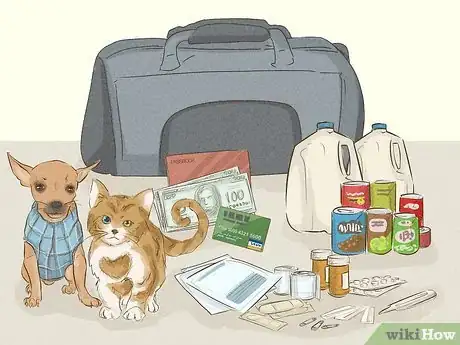
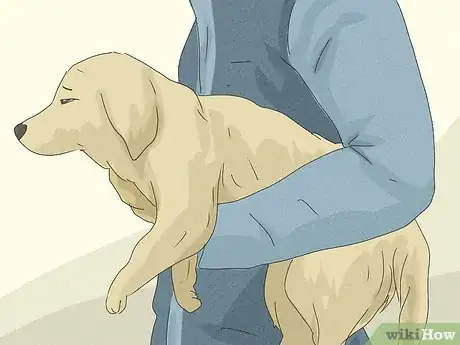

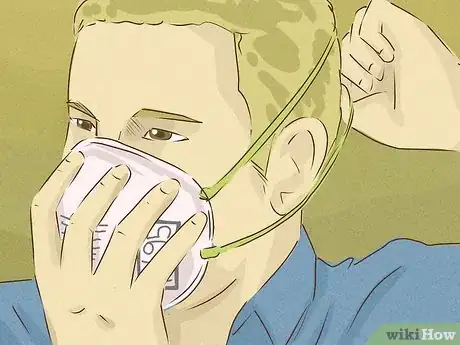
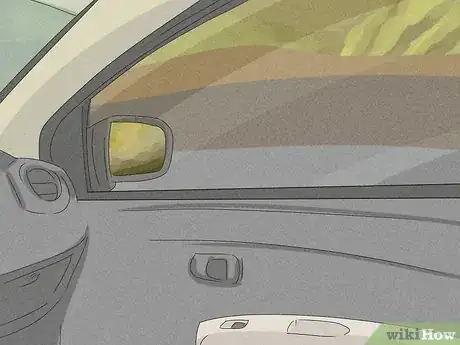


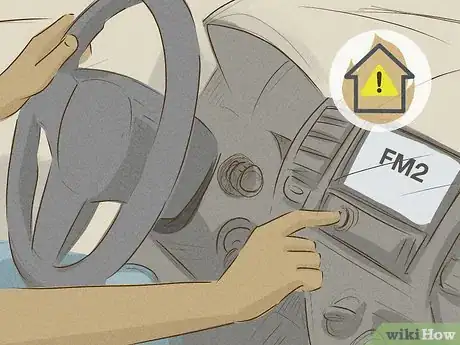
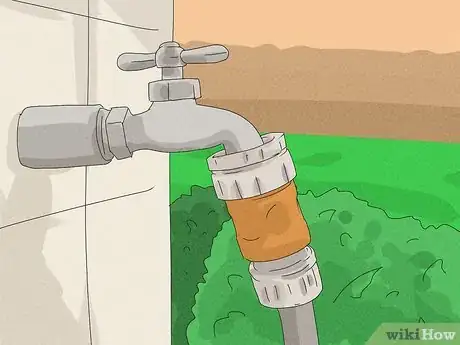
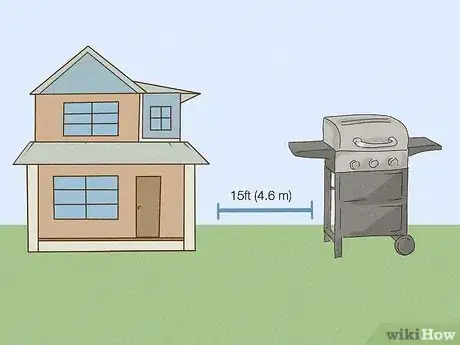

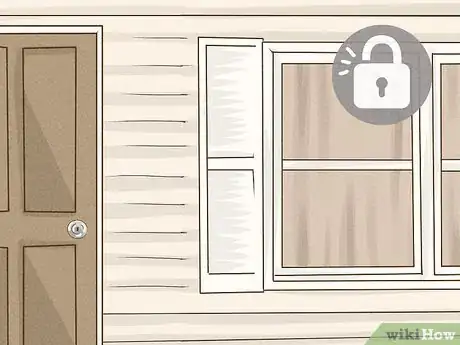
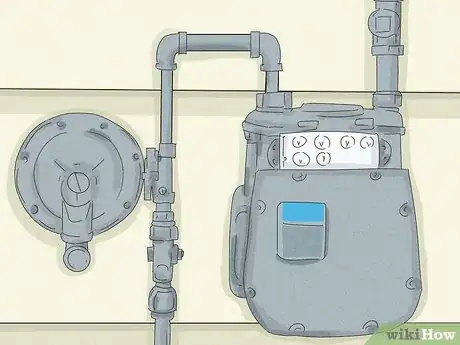




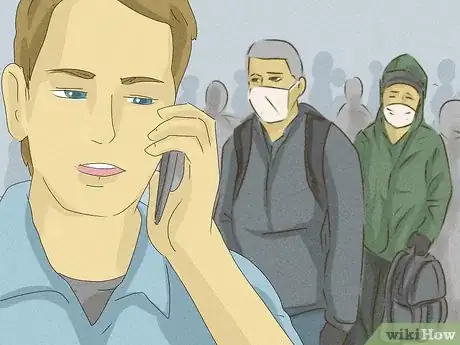

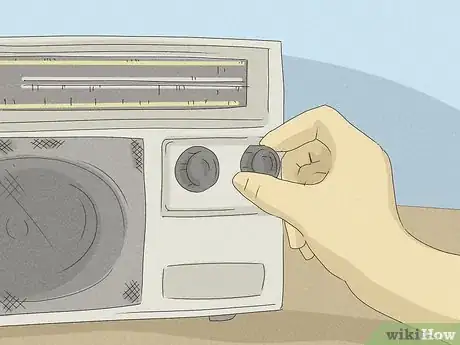


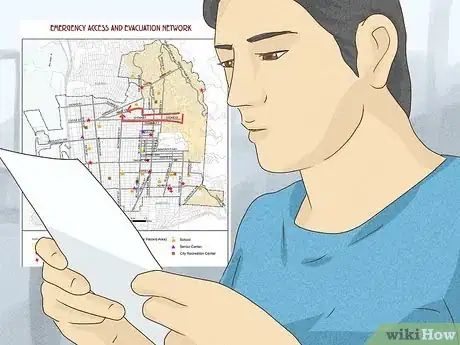

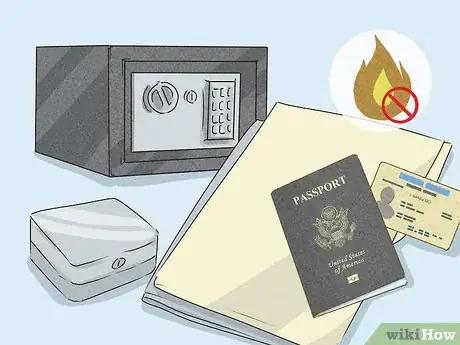
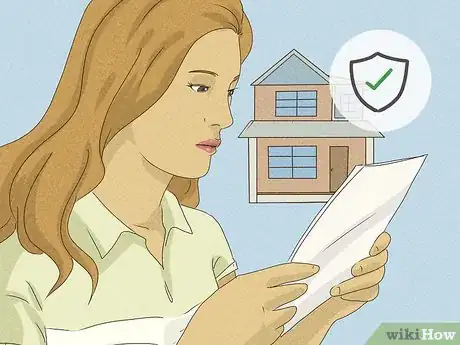
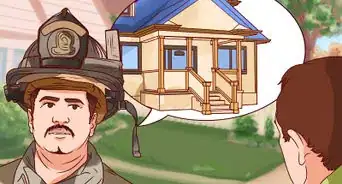


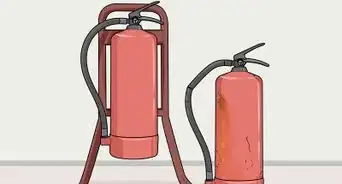





-Step-11-Version-2.webp)
